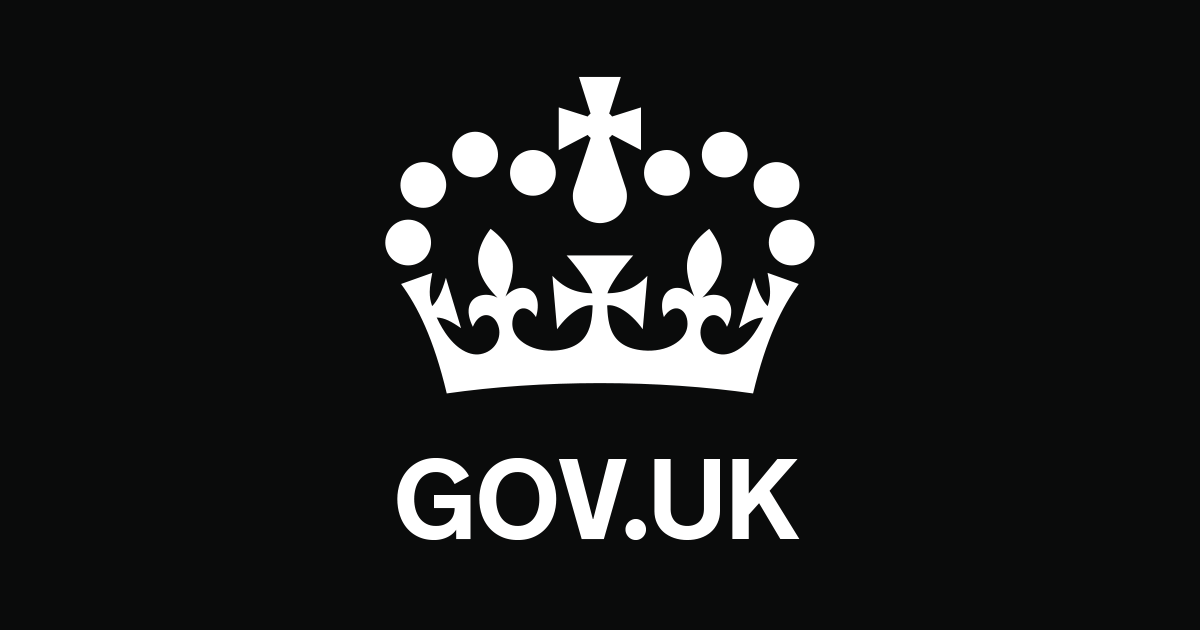Late on Friday 12 June, the government published guidance on the Flexible Furlough Scheme, ironically FFS! Under the flexible furlough scheme, employees no longer need to avoid doing any work for the employer, but can work for some of the week and be furloughed for the rest, in proportions decided between employee and employer.
Existing guidance was updated and there are now three new pieces of guidance. We have collated the key areas which we believe are important to highlight and you will find the links to each piece of guidance below. Our previous update details what can be claimed up to the end of October when the Coronavirus Job Retention Scheme ends.
- The most significant change is that the minimum three week period for furlough has been removed (as of 1 July 2020).
- Those that have not been furloughed previously cannot now be flexibly furloughed. You would have had to have had one period of 3 week furlough before 30 June 2020 to be able to be flexibly furloughed from 1 July 2020.
- Employees are still required not to undertake any work when they are on furlough leave.
- If you decide to put your employees on flexible furlough, an agreement needs to be reached with the employee and confirmed in writing. This is still subject to current employment legislation. This agreement will need to be retained for a minimum of 5 years.
- When claiming for employees who are flexibly furloughed you should not claim until you are sure of the exact number of hours they will have worked during the claim period. If you claim in advance and your employee works for more hours than you have claimed, then you will have to pay some of the grant back to HMRC.
- From 1 July, the scheme rules will change each month. This means that claim periods starting on or after 1 July must start and end within the same calendar month. If your pay period includes days in more than one month, you’ll need to submit separate claims covering the days that fall into each month.
- Holidays and furlough- employees are still able to take holidays whilst on furlough and employers are required to top up. However, one section of the guidance still says that they are keeping the policy and holiday pay during furlough under review! (this may well be an omission)
- It will be important for employers to have accurate recording systems to record hours done by those who are flexibly furloughed.
- If your employee is flexibly furloughed, you’ll need to work out your employee’s usual hours and record the actual hours they work as well as their furloughed hours for each claim period. There is detailed guidance and examples to work out hours for employees who work variable hours.
- Where a previously furloughed employee starts a new furlough period before 1 July this furlough period must be for a minimum of 3 consecutive weeks. For example, a previously furloughed employee can start a new furlough period on 22 June which would have to continue for at least 3 consecutive weeks ending on or after 12 July. After this the employee can then be flexibly furloughed for any period.
- Although flexible furlough agreements can last any amount of time, unless otherwise specified the period that you claim for must be for a minimum claim period of 7 calendar days.
Links to the updated guidance is here
1) Check if you can claim
2) Check which employees you can put on furlough
3) Steps to take before calculating your claim using the CJRS
4) Calculate how much you should claim
5) Claim for your employees’ wages online
6) Report a payment in PAYE RTI
Please get in touch with our employment law solicitors and HR consultants if you have any questions on the Flexible Furlough Scheme!


